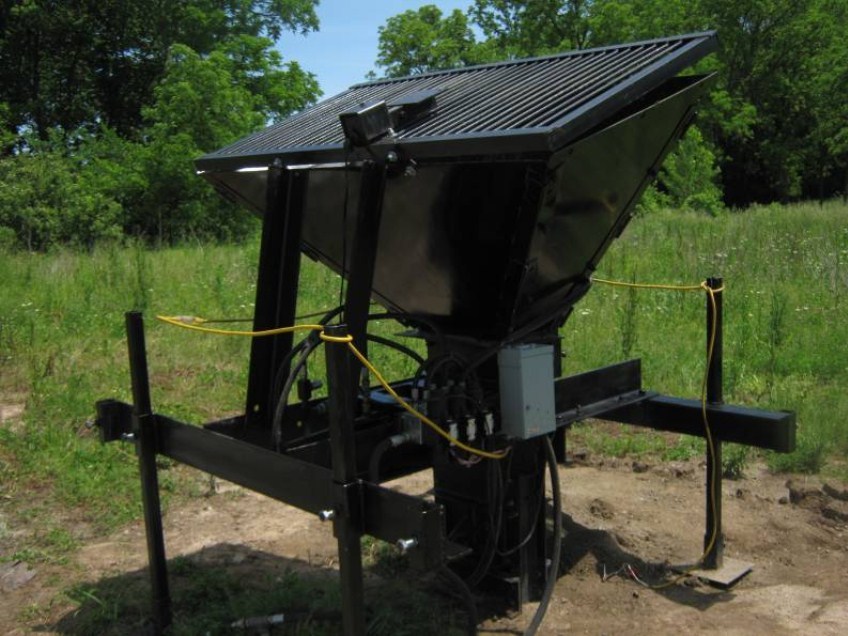Attach the sensor to the a Arduino shield in the controller box.
Run the wires into the controller box’s right-hand knockout.
Pay attention to the fragile connection ends (they break easily). Connect them to the appropriate pins on the Arduino shield by unscrewing the terminals, putting in the lead, and tightening the terminal down.
Do not overtighten, or you may break the leads.
Pull on the lead to make sure it is connected securely.
The pins of interest on the Arduino shield are A5, A4, and A3 – left-hand-side terminals – which accept the blue (signal) wires of the sensors – for the main cylinder, secondary cylinder, and shaker motor sensors, respectively. For the remaining leads, the blue/white lead is the ground, and the orange/white lead is 5V.
Connect the ones for the main and secondary cylinder on the bottom of the shield – into any available slots, as determined by convenience. For the shaker motor, connect the ground and 5V on the top side of the shield. While the signal leads need to be attached to the exact slots, any ground or 5V pin will work for the remaining wires – and may be selected by convenience of location. The useful part about the Arduino shield is that it has a large number of slots for convenience.

